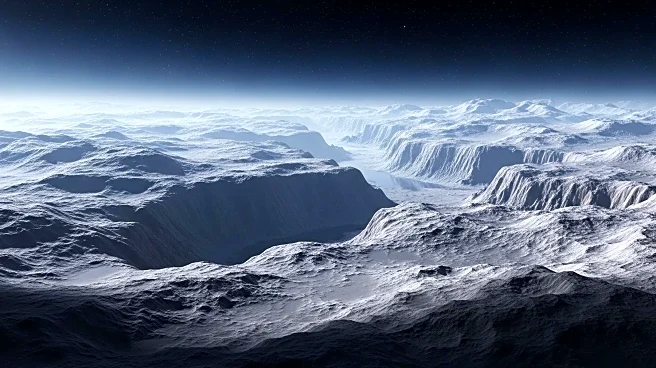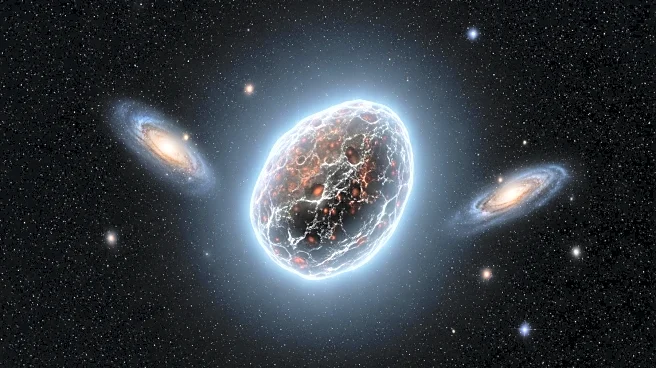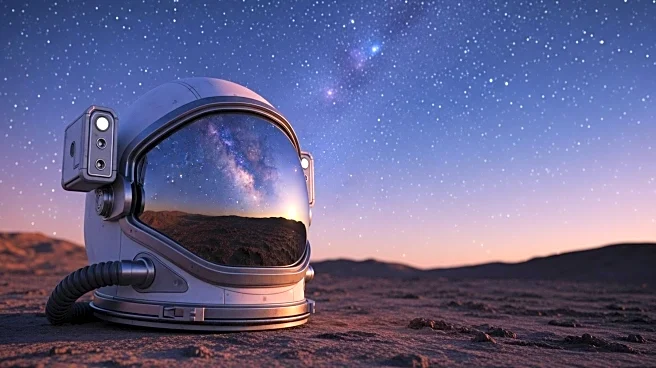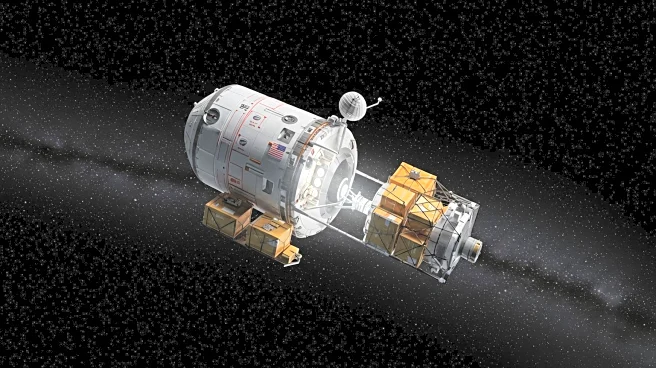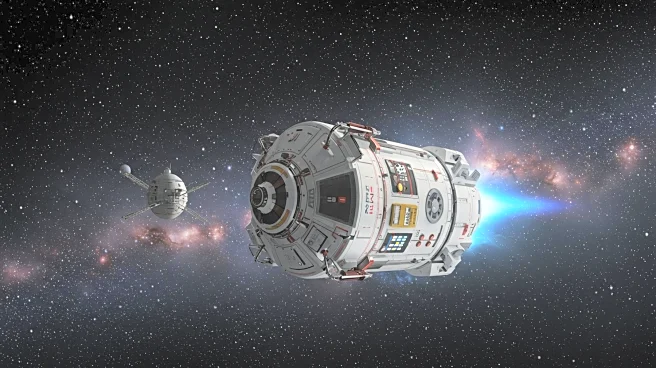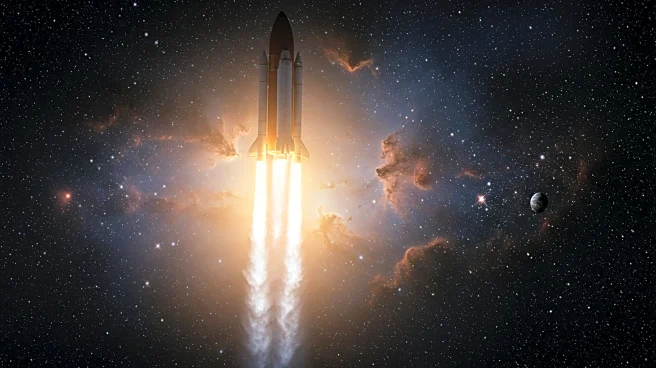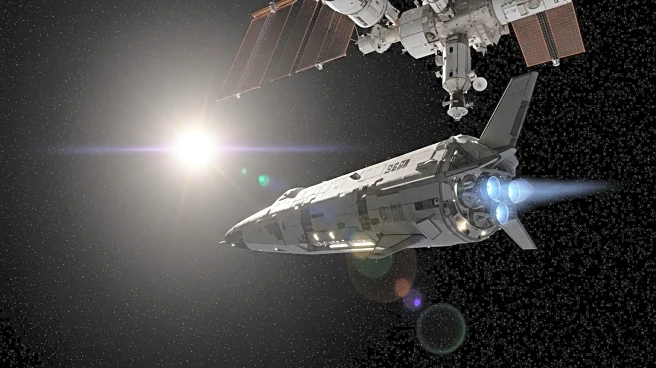Rapid Read • 7 min read
A new study based on data from NASA's Dawn mission suggests that the dwarf planet Ceres may have once had the conditions necessary to support life. Ceres, located in the asteroid belt between Mars and Jupiter, was previously thought to be a frozen, lifeless body. However, the study indicates that billions of years ago, Ceres may have had a global ocean and hydrothermal activity, providing the chemical energy needed for microbial life. The research highlights the presence of organic molecules and salt deposits on Ceres, suggesting a more dynamic past than previously believed.
AD
The findings challenge previous assumptions about the habitability of small, icy bodies in the solar system. If Ceres was once habitable, it expands the range of environments that could potentially support life. This research could influence the search for life beyond Earth, as it suggests that similar conditions may have existed on other small bodies in the solar system. The study also provides insights into the evolution of Ceres and its potential as a model for understanding other icy worlds.
The study's implications extend to the broader search for life in the universe. By demonstrating that small, icy bodies like Ceres could have been habitable, the research suggests that similar environments may exist elsewhere. This could lead to a reevaluation of the criteria for habitability and the potential for life on other planets and moons. The study also underscores the importance of continued exploration and study of the solar system's smaller bodies.
AD
More Stories You Might Enjoy
